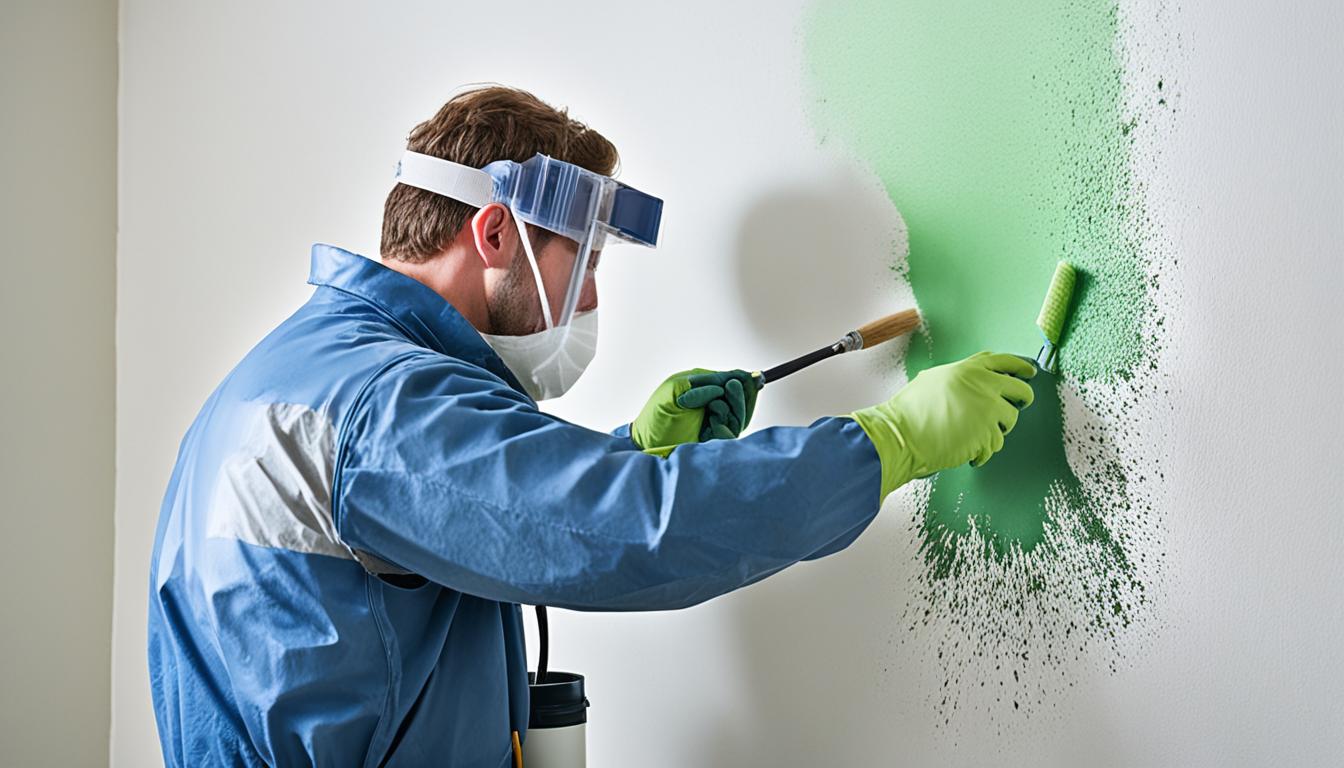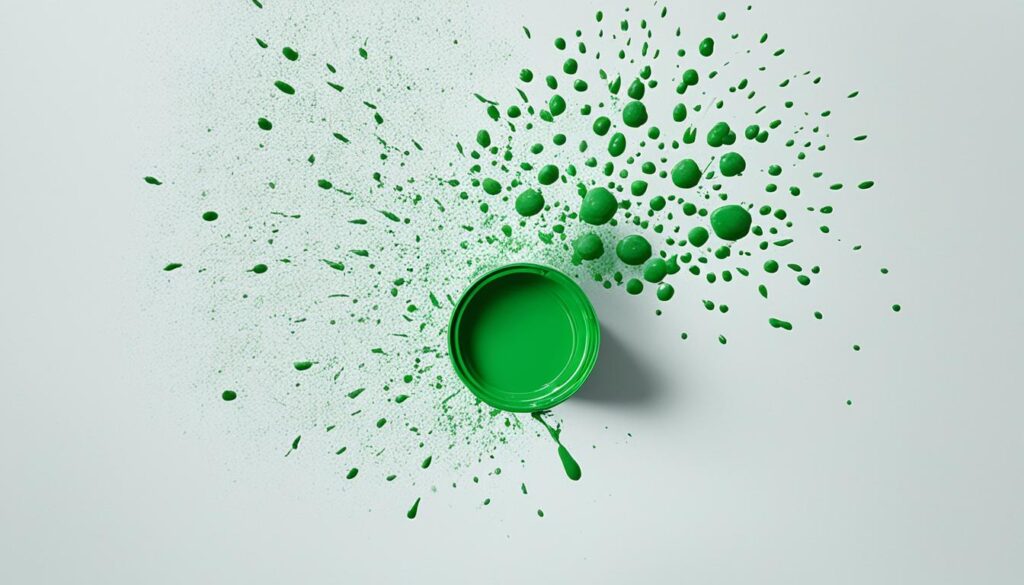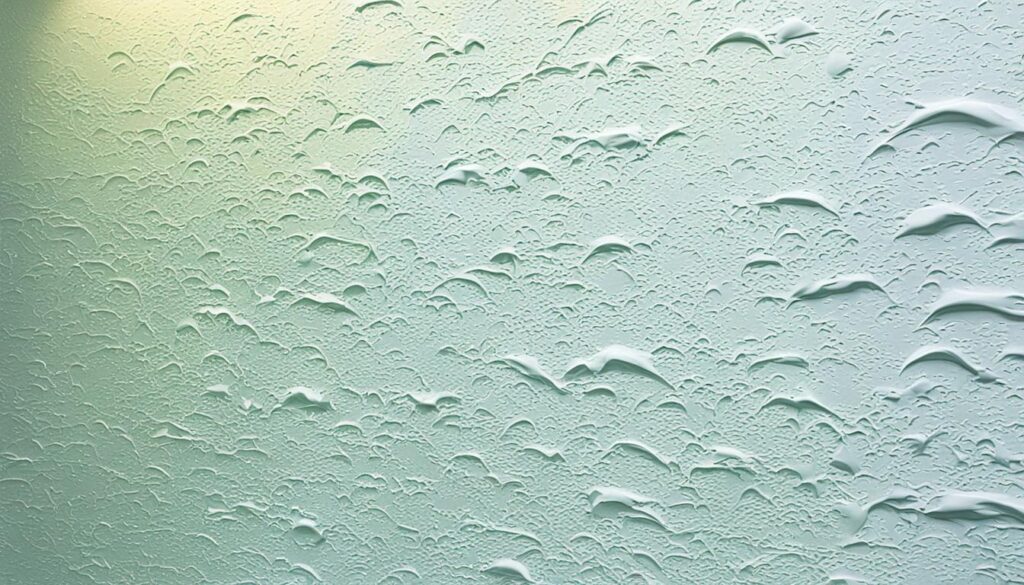
Mastering the Art of paint for Mold
Welcome to our comprehensive guide on mastering the art of paint for mold prevention and eradication. Mold can be a persistent problem in homes, causing not only unsightly stains but also potential health risks for you and your family. Luckily, with the right paint and preventive measures, you can create a mold-free environment and maintain pristine walls.
When it comes to dealing with mold, choosing the right paint is crucial. Certain paints are specially formulated to resist mold growth, inhibiting its development even in areas prone to moisture and humidity. By understanding the key features of mold-resistant paint, you can effectively combat mold and enjoy a healthier living space.
In this guide, we will provide you with expert tips on choosing the right paint for mold prevention, as well as effective steps for applying the paint to combat mold growth. By following these recommendations, you can achieve long-lasting results and eliminate the need for frequent mold remediation.
Key Takeaways:
- Choose mold-resistant paint to prevent and eradicate mold growth
- Proper preparation techniques are essential for successful paint application
- The right paint can enhance the longevity of your walls and protect against mold
- Consult professionals for a comprehensive mold assessment and remediation
- Follow preventive measures to maintain a mold-free environment
The Importance of Choosing the Right Paint for Mold Prevention
When it comes to mold prevention, choosing the right paint is crucial. The type of paint you use can significantly impact the growth and spread of mold in your home. Mold-resistant paint is specifically designed to inhibit mold growth, making it an excellent choice for areas prone to moisture and humidity.
Mold-resistant paint contains antimicrobial agents that help prevent the formation of mold and mildew on the painted surface. These agents work by disrupting the biological processes of mold, inhibiting its ability to grow and reproduce. By choosing mold-resistant paint, you can create an additional barrier of protection against mold and ensure the longevity and durability of your walls.
When selecting paint for mold prevention, there are a few key factors to consider:
- Formula: Look for paint labeled as “mold-resistant” or “mildew-proof.” These formulas are specifically designed to combat mold growth and offer long-lasting protection.
- Moisture resistance: Opt for paint that has excellent moisture resistance properties. This is especially important for areas with high humidity levels, such as bathrooms, kitchens, and basements.
- Ease of cleaning: Choose paint that is easy to clean. Mold-resistant paint should be resistant to stains and easy to wipe down, allowing you to maintain a clean and mold-free surface.
By carefully considering these factors and choosing the right paint for mold prevention, you can effectively safeguard your home against mold growth and maintain a healthy living environment.

Effective Steps for Applying Paint to Combat Mold Growth
When it comes to combatting mold growth, applying the right paint is essential. In this section, we will explore the effective steps you can take to apply paint that not only beautifies your walls but also acts as a powerful mold-resistant coating. By following these steps, you’ll be able to protect your home from mold and maintain a healthy living environment.
Preparation Techniques
Before applying paint to combat mold growth, proper preparation is key. Follow these techniques to ensure the best results:
- Clean the Surface: Start by thoroughly cleaning the surface where you’ll be applying the paint. Remove any dirt, dust, or debris using a mild detergent and water solution.
- Treat Existing Mold: If you notice any mold growth on the surface, it’s crucial to treat it before applying the paint. Use a mold-killing solution or a mixture of bleach and water to eliminate the mold effectively. Allow the treated area to dry completely before moving forward.
- Repair Damaged Areas: Inspect the surface for any cracks, holes, or other damage. Fill these areas with a suitable filler and sand them down to create a smooth and even surface for painting.
Recommended Application Techniques
To ensure the paint effectively combats mold growth, follow these recommended application techniques:
- Primer: Apply a high-quality primer specifically designed for mold prevention. This will create a solid foundation for the paint and enhance its effectiveness in preventing mold growth.
- Multiple Coats: Apply multiple coats of mold-resistant paint to ensure optimal coverage. Allow each coat to dry completely before applying the next one.
- Proper Ventilation: While applying the paint, make sure the room is well-ventilated. Open windows and use fans to promote airflow, helping the paint dry faster and reducing the risk of mold growth during the drying process.
- Maintain Humidity Levels: After painting, maintain proper humidity levels in the room. Use a dehumidifier if necessary to prevent excess moisture, as high humidity can contribute to mold growth.
By following these application techniques, you’ll ensure that your paint not only enhances the aesthetics of your home but also provides long-lasting protection against mold growth.
The Benefits of Mold-Resistant Coatings
In addition to choosing the right paint, using mold-resistant coatings can significantly enhance the longevity of your paint job and prevent future mold growth. These coatings form an extra barrier against moisture, discouraging mold from taking hold. They are specifically designed to resist mold growth, providing added peace of mind and protection for your walls.
With proper preparation, application techniques, and the use of mold-resistant coatings, your painted surfaces will become a formidable defense against mold growth, ensuring a healthier and more visually appealing living space.

Conclusion
In conclusion, mastering the art of paint for mold is crucial in ensuring a mold-free environment and pristine walls in your home. By selecting the right paint and implementing preventive measures, you can effectively prevent and eliminate mold growth.
Remember to consult professionals like Fix Mold Miami, Florida’s highest-rated mold assessment and remediation experts, for a comprehensive mold assessment and assistance with any mold-related concerns. Their team of experts can provide valuable guidance and support in dealing with mold issues.
Contact Fix Mold Miami at 305-465-6653 to schedule a mold assessment today. Your home deserves the best protection against mold, and with the right paint and preventive measures, you can create a mold-free living space that promotes a healthy environment for you and your family.




